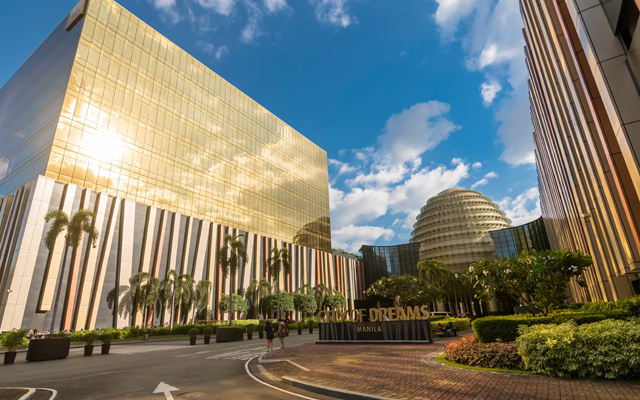The Philippine travel trade is in support of an e-visa platform that is being studied for top inbound markets.
This came as Philippine president Ferdinand Marcos Jr instructed government agencies to act on the proposal by the Private Sector Advisory Council (PSAC) Tourism Sector to extend e-visas to Chinese, Indian, South Korean and Japanese travellers in order to attract them to visit the country.

Mary Ann Ong, inbound general manager of Bridges Travel and Tours, specialises in Chinese inbound and has suggested having a visa-upon-arrival (VUA) for Chinese nationals, just like Thailand, Vietnam and Indonesia.
While there is already a VUA for certain Chinese nationals entering the Philippines, the process is quite complicated. Ong commented that in other countries, travellers had to simply pay a fee at the counter before gaining entry.
“That’s the VUA that we are looking for (in the Philippines),” she said.
However, when applying for a Chinese client years ago, Ong discovered that in the Philippines, the client still had to submit papers that she had already sent to the immigration for approval before departure. When her client arrived, he had to pay a fee in Philippine peso – the only currency acceptable – which meant going to another counter to convert the currency. This process can be difficult for a tourist who cannot speak English.
Ong said VUA is not the same as e-visa, however, e-visas for Chinese visitors are “already an improvement” since the required documents can be submitted online and immigration issues the visa to them directly – unlike pre-pandemic when the documents had to be submitted through an agent to immigration.
Rajah Travel’s president and chairman, Arleen Clemente, believed “that recognising machine-readable passports and cooperation with foreign authorities in terms of interfaced database is the first step to having visa-upon-arrival or even visa-free.”
Clemente added: “The e-visa requires the passage of law or administrative order to effect this and must be vetted. This means that it should be a long-term plan for implementation. Having said that, they also have to lay the groundwork for that.”
The Department of Tourism is targeting 4.8 million foreign arrivals this year which Ong said is achievable if Chinese travellers start arriving in July.
China has approved group travel to 20 countries including the Philippines, however, negotiations for mounting charter flights and updating the rates for both countries need to be settled in order for China to start selling.
Brian Ong, public relations head of Hotel 101 Management Corp in the Philippines, said they are expecting Chinese travellers to pick up: “Since pre-pandemic, we have worked towards building awareness for the Hotel 101 brand in China, even in the second-tier cities.
“Being the master franchise owner of Jinjiang Inn Philippines, it also helped with brand recognition among the Chinese travellers. It will be easy for us to win back the market as we once again offer competitive rates and services.”




















